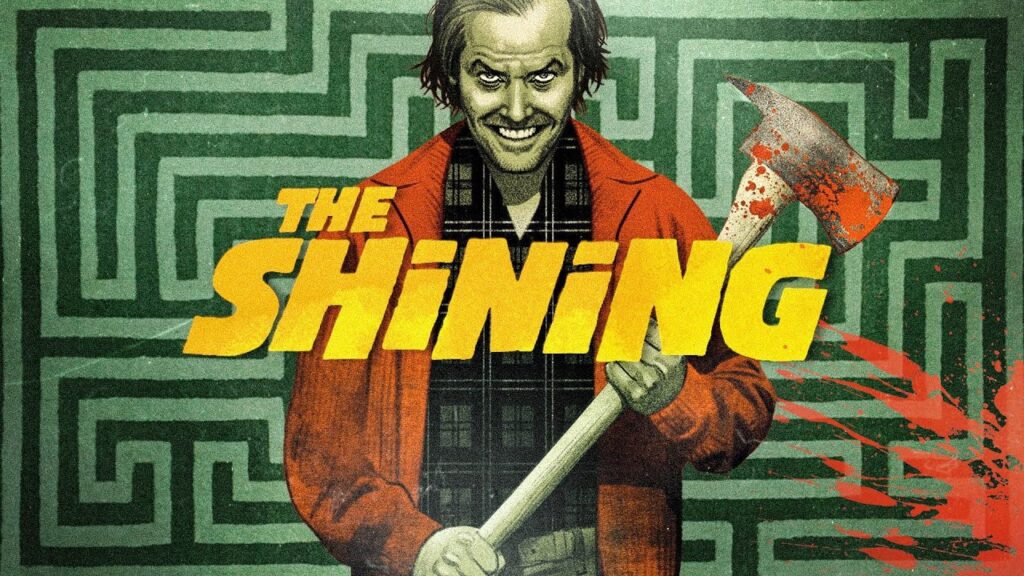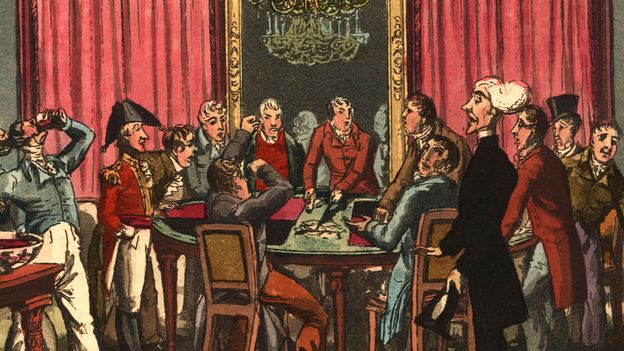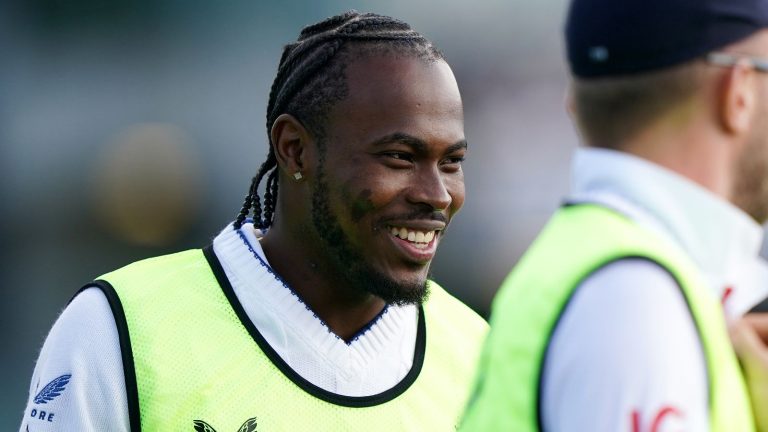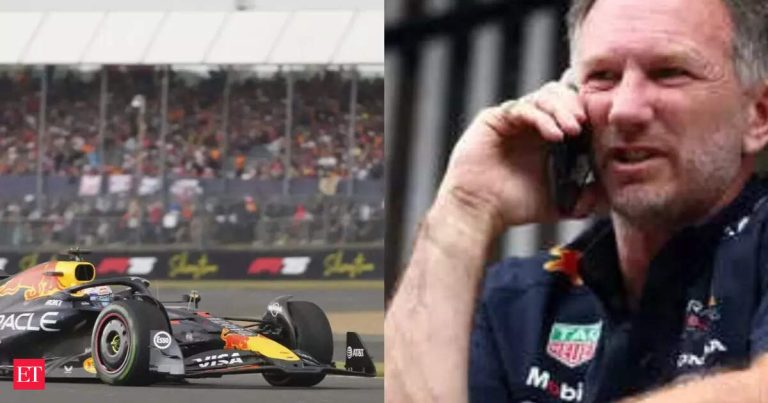Inexplicable as it may sound to readers of this site, there are movie-lovers who claim not to enjoy the work of Stanley Kubrick. But even his most steadfast non-appreciators have to hand it to him for The Shining, his 1980 Stephen King adaptation widely considered one of the scariest — quite possibly the scariest – film ever made. The visual reasons for its effectiveness well beyond the core audience of Kubrick enthusiasts are many, and they’ve been much scrutinized by twenty-first-century video essayists. But as explained in the Kaptain Kristian video above, a significant portion of the horror of The Shining is invisible. That is, we don’t see it, but hear it; or rather, what we hear greatly intensifies what we see.
One technique powerfully employed in the film has the incongruous name of “Mickey Mousing.” Named after the manner in which classic cartoons were scored in tight synchrony with the movements of their characters, it had fallen into disuse by the nineteen-seventies, when a subtler cinematic style prevailed.
For The Shining, Kubrick and musical editor Gordon Stainforth chose to revive it, assembling scenes to pieces of music like Béla Bartók’s “Music for Strings, Percussion and Celesta” so as to heighten not just shock moments, but also to deepen the sense of dread that pervades the movie from its opening moments. So tight does the correspondence feel between The Shining’s music and its characters’ actions that it comes as a surprise that most of the film was shot without what we hear on the soundtrack playing on the set; some scenes weren’t even intended to have music at all before editing.
Stainforth has said that the overall idea was to use “music as fate”: for example, the “big chords” that accompany the title cards announcing the day of the week, which portend “a doomsday of judgment coming ever closer.” When next you watch The Shining, pay attention to the cues, and notice just how closely they’re associated in your memory with — and how much more frightening they’re made by — their accompanying images: Jack dancing through the ballroom filled with jazz-age ghosts, Danny turning a corner and seeing the pallid twins, the blood flowing out of the elevator, Wendy locking eyes with the man in the bear suit. But then, I suspect that last one would be scary no matter what was on the soundtrack.
Related Content:
How Stanley Kubrick Adapted Stephen King’s The Shining into a Cinematic Masterpiece
Stanley Kubrick’s Annotated Copy of Stephen King’s The Shining
The Classical Music in Stanley Kubrick’s Films: Listen to a Free Four-Hour Playlist
Based in Seoul, Colin Marshall writes and broadcasts on cities, language, and culture. His projects include the Substack newsletter Books on Cities and the book The Stateless City: a Walk through 21st-Century Los Angeles. Follow him on the social network formerly known as Twitter at @colinmarshall.








